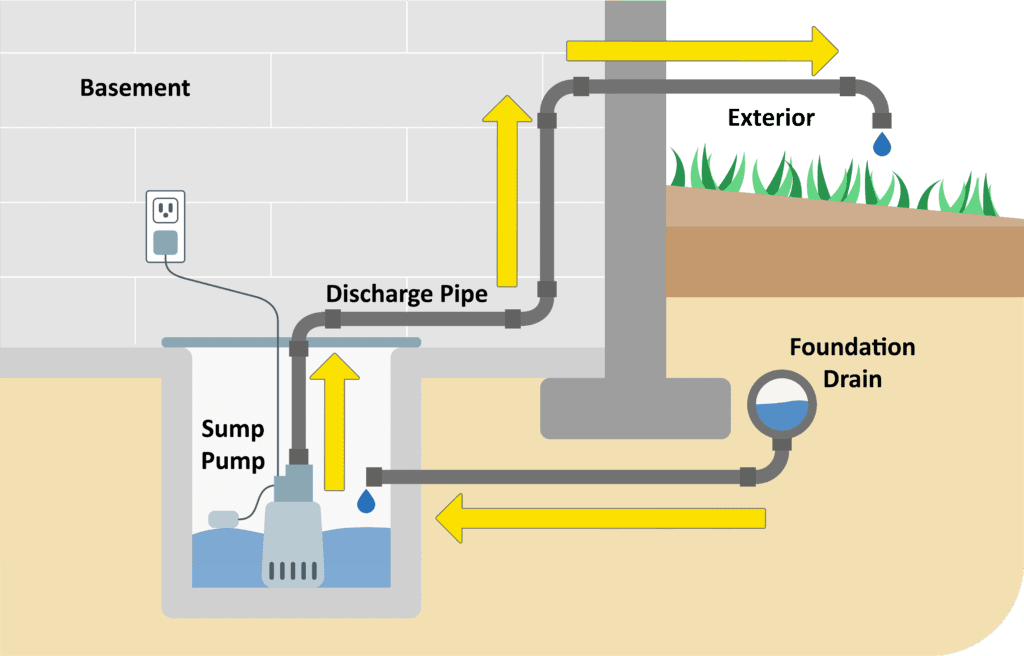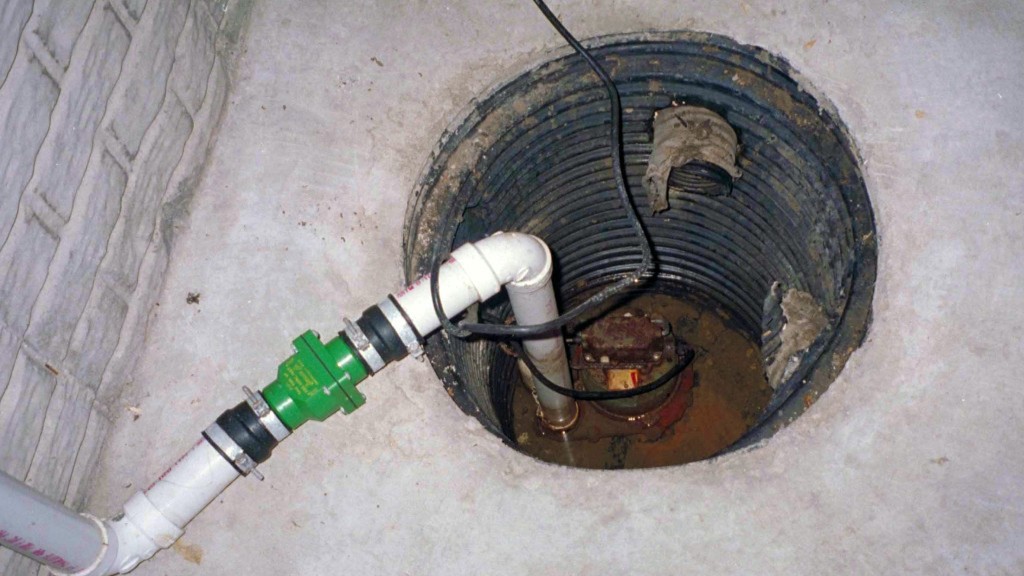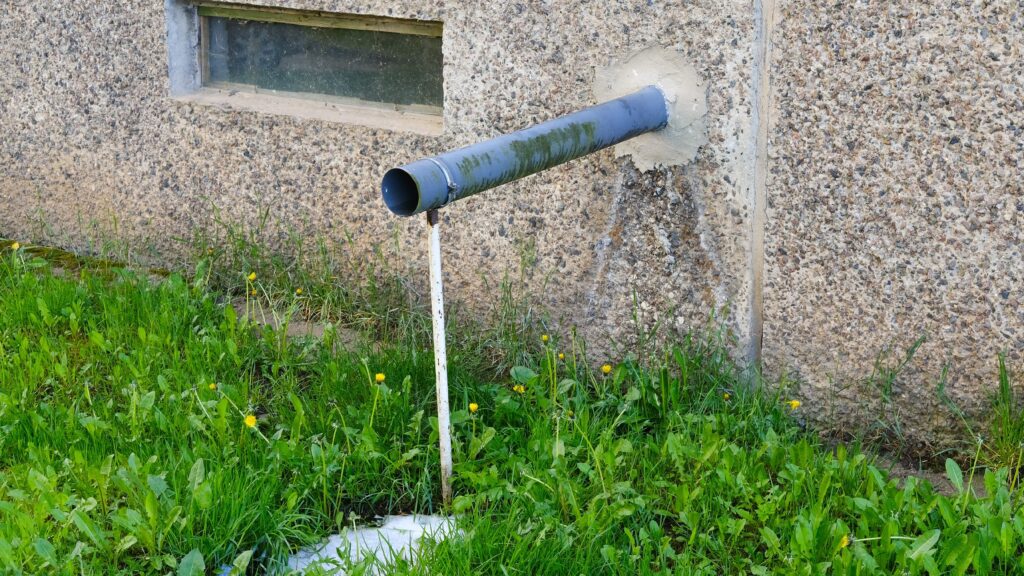Proper sump pump connections keep clear water out of sewers
Sump pumps protect properties from water damage, especially in areas where the water table is high or groundwater seepage is common. These pumps remove water to help prevent basements and foundations from flooding. They turn on when water collected in drain tiles below the basement floor reaches a certain level.
One incorrectly installed sump pump adds up to 7,200 gallons per day of clear water to the wastewater system unnecessarily. That’s as much water as an average residential swimming pool!
Proper sump pump discharge
Water from sump pumps should discharge back into the environment and not into the sanitary sewer system. When sump pump water is not discharged correctly, local and regional sewer pipes can become overloaded with clear water, which during heavy rain events, can lead to sewer backups and overflows.

Separate clear water from wastewater
If your sump pump is connected to the sewer system, or if you’re not sure, contact a plumber to find out. A plumber can help you make a plan to fix the situation so your sump pump discharges properly.


For more information on inflow and infiltration, learn about the regional DRIIPS program (Disconnect and Reduce Inflow and Infiltration to Private Sewers) to help educate property owners and reduce clear water in the sanitary sewers.







